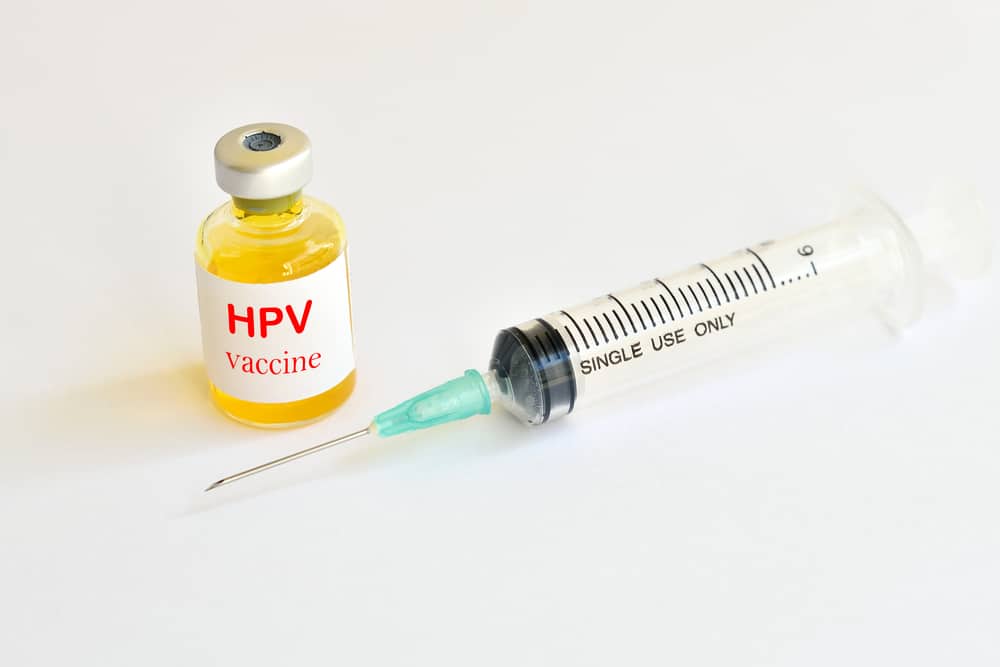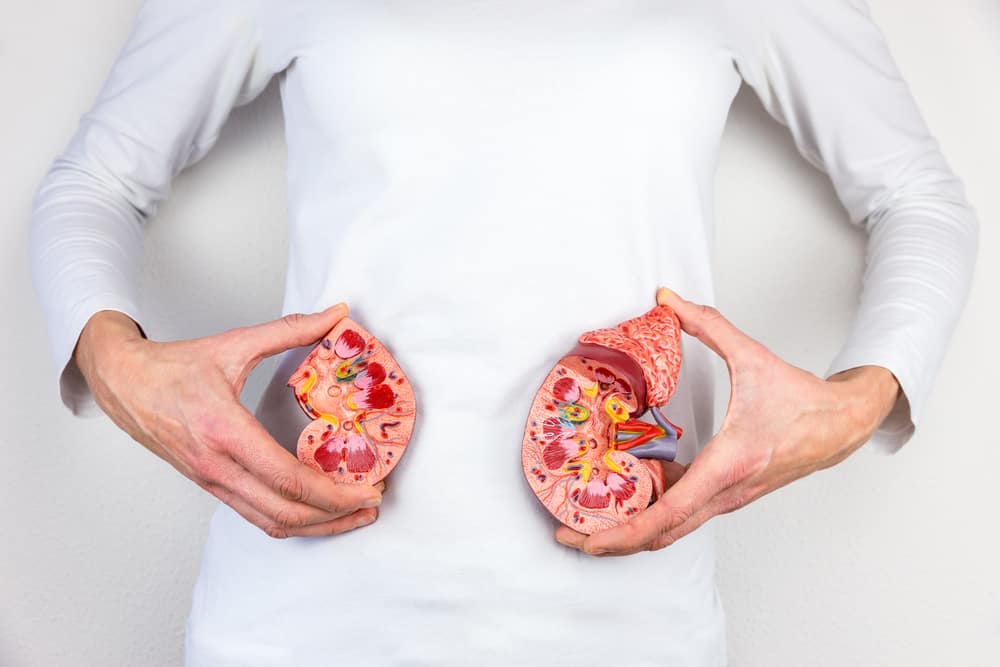Contents:
- Medical Video: What Losing Weight Does To Your Body And Brain | The Human Body
- 1. AMS (Acute Mountain Sickness)
- Symptoms and signs of acute mountain sickness
- How to deal with acute mountain sickness
- 2. HACE (High Altitude Cerebral Edema /plateau brain edema)
- HACE symptoms and signs
- How to deal with HACE
- 3. HAPE (High Altitude Pulmonary Edema /plateau pulmonary edema)
- Symptoms and signs of HAPE
- How to handle HAPE
Medical Video: What Losing Weight Does To Your Body And Brain | The Human Body
Altitude sickness is a disease that commonly attacks mountain climbers at an altitude of more than 2,000 m above sea level. This can happen because, when you rise to that height, your body must adjust to the decrease in the amount of oxygen that is present. This altitude has three forms, namely Acute Mountain Sickness (AMS) which is included in the category of light, as well as High Altitude Cerebral Edema (HACE) and High Altitude Pulmonary Edema (HAPE) which is included in the heavy category. According to altitude.org, every year there are climbers who die from altitude sickness. Therefore, before you and your friends climb the mountain, invite them to read the following information about altitude sickness!
1. AMS (Acute Mountain Sickness)
Acute Mountain Sickness or AMS varies from mild to severe, and the main symptoms occur because of the accumulation of fluid around the brain. Usually, symptoms appear within 12 hours of climbing. If the victim is currently at the same height, the symptoms usually disappear quickly for several hours, but if a person has slow acclimatization he can need about 3 days to recover. AMS may reappear if they rise even higher, because if it is at a new height, acclimatization will definitely happen again.
Symptoms and signs of acute mountain sickness
The diagnosis of AMS is made when someone has experienced elevation in the last few days, and also:
- Victims have headaches (usually throbbing and worsening when bending or lying down)
- Fatigue and weakness
- Appetite loss, nausea, or vomiting
- Dizzy
- Sleep deprivation, insomnia, frequent awakening and periodic breathing
How to deal with acute mountain sickness
Because this is a form of altitude sickness, the best way to handle it is by going down the mountain. Painkillers can relieve headaches, but he cannot overcome this condition. Acetazolamide can help you, especially if you need to be at the same height, plus rest for 1-2 days to recover faster. It's important to remember that you don't climb higher every time you have AMS disease.
If your friend has AMS symptoms accompanied by confusion, faltering, very severe headaches, or vomiting, they may have a life-threatening condition called HACE.
2. HACE (High Altitude Cerebral Edema /plateau brain edema)
HACE is caused by accumulation of fluid in and around the brain. Usually, the symptoms of AMS will be worse when it reaches HACE (but HACE will come very quickly, so the symptoms of AMS are sometimes unknown).
HACE symptoms and signs
A HACE diagnosis is made when someone has been in height in the last few days, and also:
- The victim had a severe headache (did not improve despite taking ibuprofen, paracetamol, or aspirin).
- Physical coordination loss (ataxia):
- Clumsiness: victims have difficulty doing simple things, such as tying shoelaces or packing their bags.
- Difficult to walk and fall.
- Decreased awareness level:
- Victims will show a loss of mental abilities such as remembering or counting (or refusing to do simple mental tests).
- The victim will become confused, sleepy, semi-conscious, faint (and will lose his life if not treated immediately).
- Persistent nausea, vomiting.
- Changes in behavior (not cooperative, aggressive, or apathetic).
- Hallucinations, blurred or double vision.
How to deal with HACE
Down the mountain is the most effective treatment of HACE and this should not be delayed. You can use Gamow bag (a bag to carry people inside, usually used for victims of altitude sickness) for temporary measures, and if available, give oxygen and dexamethasone.
3. HAPE (High Altitude Pulmonary Edema /plateau pulmonary edema)
HAPE occurs due to fluid accumulation in the lungs. The most important sign of this condition is shortness of breath. HAPE may appear naturally without symptoms from AMS (this occurs in more than 50% of cases). Severe HAPE cases can also develop HACE at a later stage. HAPE can develop very quickly, around 1-2 hours, or can be gradual for a day. This condition often develops on the second night at a new height. HAPE can also develop when coming down from a height. This is why HAPE is the most deadly altitude sickness. HAPE is more likely to occur in people with colds or chest infections, but it is often considered pneumonia (chest infection).
Symptoms and signs of HAPE
Reduced physical performance (such as fatigue and weakness) and coughing are often the initial signs of HAPE, and also:
- Hard to breathe:
- The initial stage: more panting than usual and takes longer to restore normal breath.
- Advanced stage: marked shortness of breath when climbing, and requires a long time to return to normal, then develop into shortness of breath when resting.
- The victim will be panting while lying flat and prefers to be propped up to sleep.
- The resting breathing rate increases when HAPE takes place (at sea level, the breathing rate is 8-12 breaths per minute at rest. At an altitude of 6000 m, the normal breathing rate is 20 breaths per minute).
- Dry cough.
How to handle HAPE
The most important treatment is to go down the mountain. You can provide additional oxygen or increase the air pressure around the victim by putting it in the Gamow bag, but this is not comparable to immediately descending the mountain quickly. Some drugs can help, but usually it can only be used by trained doctors or paramedics. Nifedipine can be used to open blood vessels in the lungs.
READ ALSO:
- 6 Common Mistakes When Camping
- 5 Physical Exercises that Need to Be Done Before Climbing the Mountain
- List of items that must be in your first aid kit












